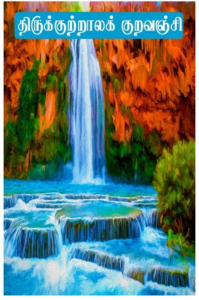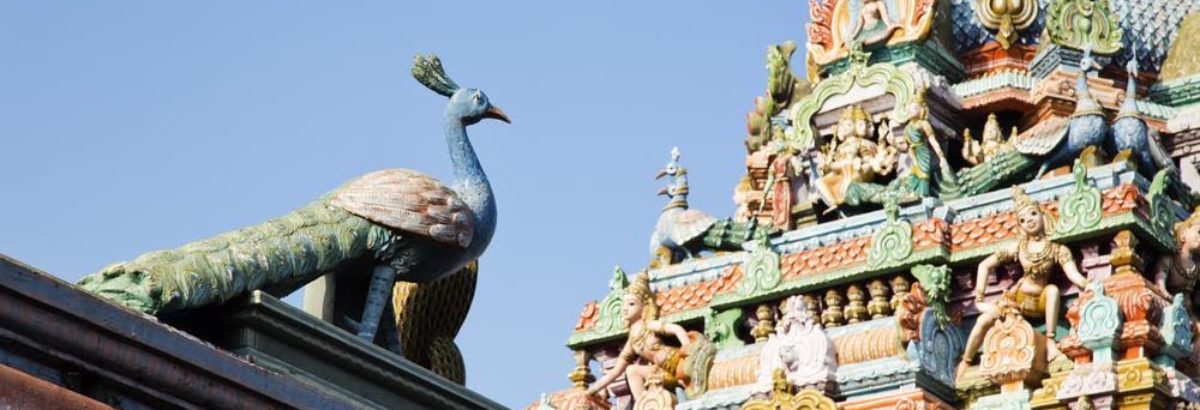Namaste all.
KURAVANJI NATAKAM
Kuravanjis are dance drams in Tamil.
They have a high entertainment value.
From the point of view of musical excellence, they stand midway between the classical Bhagavatha melanataka and is one type of dance drama.
Music of few songs may rise to classical heights, the music of the bulk of the songs is characterized by a certain simplicity and native charm.
The rages used are all rakti ragas and have a powerful appeal.
Genuine folk tunes occur here and there. The sequences of jatis interspersed in between the sahityas at appropriate places keep up the lively dance atmosphere.
The spicy humor of some of the songs keep the audience attend and observe the story with interest.
Most Kuravanjis have a literary value and beauty as well.
96 prabhandas:
Kuravanji is one of the 96 prabhandhas and belongs to the pronominent part played by the Kuratti or he gypsy woman in the story.
The heroine in the Kuravanji natakas is known by such names as
Daivamohini, Jaganmohini, Kamarasavalli, Mohini,Vasanthavalli etc.
Story line:
Kuravanjis are woven round the stock theme of a lady falling in love with a God, King, Minister or a Nobleman of the place. In a few Kuravanjis, the lady falls in love with the deity of the local shrine when the God comes out in a gorgeous procession.

The pangs of love of he heroine are portrayed in a telling manner.
It is usual for the love stricken heroine to admonish or get angry with the God of love, Moon, Cool breeze and the cuckoo.
she implores the clouds, winds, birds and the moon the carry her message to the hero.
Her entreaties to her attendance maids to make all efforts to persuade the hero to come to her provide interesting reading.
A Gypsy woman appears on the scene, reads the palm of the hand of the heroine and foretells that her desires will be fulfilled.

The Kurathi is given valuable presents and sent.
The happy union takes place.
But the hero rarely appears on the stage.
In the songs sung by the gypsy woman, there is a fund of interesting material pertaining to

a)geography and
b)sociology.
She gives a picturesque description of her
a) mountainous abode,
b) the glory of her tribe,
c) the natural wealth of her place,
d) their traditional occupations and
e) her extraordinary skill in foretelling accurately the future of others.
The absence of the Kurathi from her home rouses the suspicion of the Kuravan who goes in search of her. After Finding her, he puts her all sorts of questions.
The intelligent replies given by her provide delightful entertainment.
On seeing the valuable presents, she had received, the Kuravan is in all joy and the both return happily to their place.
 Folk Music.
Folk Music.
We find good specimen of folk music in the songs of Kurathi and Kuravan.
The kinds of Tamil verse – forms occurring are:
- Viruttam
- Kochchagam
- Agaval
- Chindu
- Venba
- Asiriyappa
- Kalitturai
- Kanni…etc.,
Music and dance are the two life factors in Kuravanjis .
Classical music and light music figure in them.
Kattiyakaran:
The Kattiyakaran – Court Clown- appears in the beginning of some Kuravanjis and announces the play to be enacted with an assumed air of dignity.
Ragas:
The Ragas figuring in Kuravanji Natakas :-
Classical and popular like:
- Todi
- Dhanyasi
- Asaveri
- Ananada bhairavi
- Kambhoji
- Mohanam
- Sankarabharanam
- SuddaSaveri
- Madyamavathi
- Kalyani
- Purvikalyani….etc.,
Rare ragas like:
- Gowri
- Bibhasa
- Kakubha
- Manglakaishika
- Ramakali
- Gummakambhodi
- Suratmallar etc.,
Some of the published – text – Kuravanjis are

- Thirukutrala Kuravanji
- Kumbesar Kuravanji
- Azhagar Kuravanji
- Sarabendra bhoopala Kuravanji, etc.
Others are Bethlehem Kuravanji, Viralimalai Kuravanji, Swamimalai Kuravanji, etc.
— To Be Continued—
Prof. V Meenakshi Jayakumar.


 Folk Music.
Folk Music.